Can you imagine using an app that is immune to censorship and doesn’t require a central authority? That’s precisely the idea behind decentralized applications or dApps. They provide users with complete control and easy access to smooth operations.
Unlike regular apps controlled by a single entity, decentralized applications are based on blockchain technology. They’re like a global computer network you co-own with millions of users, thus making it very hard to shut down.
This guide explains dApps, how they work, their perks, and their applications in various sectors.
What are Decentralized Applications?
Decentralized Applications (dApps) are software applications that run on a blockchain network. This shared network makes them more transparent and resistant to censorship. A dApp makes transactions more transparent and secure, as everyone can see the information publicly, and no single entity can tamper with it.
They offer so many possibilities. You can use them to engage in decentralized finance (DeFi) services, where you can transact money directly with others without needing banks. Additionally, gaming, governance, or digital art generation is possible with dApps.
Though dApps are still new participants within the DeFi field, their potential for users to have more decision-making powers is evident. Before delving into how they work, let’s walk through the memory lane of how decentralized applications started.
How Decentralized Apps Came About
The core idea behind cryptocurrency was to offer an alternative to fiat. This is how Bitcoin came into existence. While utilizing blockchain technology, Bitcoin transformed how users transact without needing intermediaries. However, the potential of blockchain stretches far beyond finance.
This is when Vitalik Buterin enters the scene to provide an alternative to Bitcoin: altcoins. In 2013, he proposed a new project, Ethereum — a platform that offers a new approach to interacting with the digital world.
Here, control will not be in the hands of corporations or central organizations but with the users only. The key to this vision? You guessed right – smart contracts! These smart contracts are written directly on the blockchain. Thus, they enable secure and transparent transactions.
However, it’s significant to note that the likes of Buterin had companions in his vision. By 2014, the key characteristics of a dApp were described in “The General Theory of Decentralized Applications.” According to the paper, dApps should be open-source and controlled by the user. Also, all information must be recorded in the public blockchain.
In addition, dApps should utilize tokens to gain access and incentivize users through rewards. The paper then proposed a three-tiered system for understanding dApps:
Layer One
It includes Bitcoin-type blockchains or some other independent blockchains with their consensus mechanisms and built-in rules.
Layer Two
These are applications developed on the framework of existing blockchains and may involve transaction tokens. These can act as scaling solutions by processing transactions faster and more efficiently off the main chain.
Layer Three
These are applications built on top of layer two, providing APIs and scripts that allow layers one and two to function seamlessly. It’s like a user-friendly interface for interacting with the underlying dApps.

How Do Decentralized Applications Work?
Having seen the core foundations behind decentralized applications, let’s consider how they work. Imagine a food-delivery app that connects you directly with restaurants, all powered by secure and automated agreements. That’s the potential of dApps. But how do they work their magic of decentralization? Let’s consider these four concepts:
Smart Contracts
These are self-executing programs coded onto the blockchain. These contracts handle tasks based on predefined rules. In our food-delivery app example, a smart contract could connect you to a restaurant that has your order available and confirm your payment. No human intervention is needed!
Blockchain Technology
This is a public ledger of information replicated across a network of computers. In dApps, it keeps a transparent record of transactions, interactions, and even the code itself. This ensures everyone can see what’s happening, and no single entity controls the data.
Cryptocurrency
These are digital tokens that act as fuel for dApps. They can be used for payments within the app, like paying for your food. Some dApps have special tokens that give voting rights to users on how the app should grow.
Oracles
We can think of these as data bridges. dApps often need real-world information, like traffic updates for our food-delivery example. Oracles securely fetch this external data and feed it to the dApp’s smart contracts.
Now, let’s see how it all works together. When you order food on a dApp, a smart contract kicks in. It checks your payment through your crypto wallet, verifies what restaurant has your order available, and automatically connects both of you. The entire transaction is then recorded on the blockchain for transparency.
Why Use a DApp? Consider The Advantages
DApps offer numerous perks, from instantly sending money to a friend to accessing your medical records without a giant corporation controlling your data. Indeed, there are many possibilities regarding dApps. Here are some ways they transform how we interact in the financial system.
Eliminate Intermediaries and Save Money
Remember the frustration of paying a fee to transfer money between accounts? With dApps, smart contracts automate transactions. Thus, they eliminate third-party services and their associated fees. It’s like sending money directly to a friend, peer-to-peer, with minimal charges. Plus, transactions are almost instant, saving you valuable time.
Safe and Secure
Centralized servers are vulnerable to attacks, which leads to security breaches. Since dApps run on blockchain, they are nearly impossible to hack. Thus, you can easily access your data and services anytime.
Enhances Trust
Frequent data breaches and privacy scandals have eroded trust in large corporations. Decentralized applications offer a solution. Their transparent nature lets you see exactly what goes on behind the scenes. Since operations are automated via smart contracts, human error is removed, which promotes trust in the system.
Cons of Decentralized Applications
Decentralized applications sound amazing — a world free of corporate control, with fast, secure transactions. But before we pack our bags and move in, there are a few things to consider. Let’s highlight a few hurdles to this rising technology:
Slow Updates
Imagine needing everyone in your neighborhood to agree before you repaint your house. That’s how dApp updates work. When there’s a need for change, even minor fixes, it requires a large group of networks to agree, which may take a while. As a result, updates become slowed, and users may have to wait to access new upgrades and features.
Limited Users
Decentralized apps are still new and less popular than established apps. This means they may lack the needed user base and tools to run smoothly. Imagine a top-rated restaurant with no available customers – that’s the challenge some dApps face.
Scalability Issues
Many blockchains can become less efficient due to several users on them at once. Despite the prevalence of layer-two networks, transactions are often slow, which can create a frustrating wait.

Examples of Popular Decentralized Applications
Decentralized applications are the most popular in DeFi services, and for a good reason. They keep changing how we engage the digital world, from finance to gaming, making it more secure and decentralized. Here’s a glimpse into nine of the most exciting dApps making waves:
Uniswap
This is a popular decentralized exchange (DEX) where you can directly swap cryptos in a safe and fast manner. It has its own governance token, UNI.
1Inch
This is a DEX aggregator for discovering the best rates on DEXs for the desired crypto swaps. If you are holding 1INCH tokens, you get charged even lower fees.
Aave
This is a super DeFi app for crypto users. Borrowers can use their cryptos to take loans. Lenders can deposit their money on Aave to earn their returns. Also, stakers can earn their passive income and vote on certain proposals.
Upland
This is an encrypted game where you can purchase and sell properties within a virtual world corresponding to the physical space. It is a leading play-to-earn platform that operates on the EOS blockchain.
Steemit
This platform pays out content authors in tokens defined by the level of users’ actions. It’s like Reddit but integrated with a built-in monetization option.
OpenSea
This is a digital marketplace for buying and selling NFTs (Non Fungible Tokens). Users can trade art, music, and objects used in games.
Audius
This music streaming app allows artists to sell their music as NFTs and earn in crypto. It is a win-win situation as artists and music fans seek a new approach to songs.
TRACEDonate
This dApp leverages blockchain to bring transparency and accountability to donations. Users can track their contributions and ensure they reach the intended beneficiaries.
MakerDAO
This Ethereum-based platform offers decentralized borrowing and lending services. You can lock your crypto as collateral and receive stablecoins pegged to real-world currencies.
This is just the tip of the dApp iceberg. As the technology matures, expect even more innovative applications to emerge and reshape the entire digital landscape.
Industries That Decentralized Applications Are Revolutionizing
Besides transforming the finance space, dApps offer exciting possibilities across various industries. This revolution fosters a more transparent and user-centric future for online interactions. Let’s consider some of these sectors:
Social Media
Tired of censorship and unfair revenue distribution? Social media dApps empower users with free speech and the ability to tip creators using the platform’s token directly. This way, influencers keep more of what they earn.
Gaming
dApps introduce in-game assets that have real value. You can raise, breed, and sell these digital pets, making your playtime valuable. In addition, these dApps enable play-to-earn models, where gamers earn crypto as they play and accrue achievements. This fosters a more immersive and rewarding gaming experience for players.
Voting and Governance
Traditionally, voting can be cumbersome and prone to manipulation. However, dApps can streamline the process by utilizing secure, anonymous voting through smart contracts. Users can even be rewarded for participating, which can boost voters’ turnout.
Advertising
Decentralized applications are integrated into browsers to block unwanted ads and let users choose which websites to support. Users who spend more time on a site contribute crypto to it, thereby creating a fair and transparent system for content creators.
Final Thoughts
Decentralized apps embody the core principles of blockchain: security and transparency. Although fewer in number than traditional apps, dApps are poised to evolve as DeFi trends and blockchain technology become more mainstream. While there are dozens of dApps to consider, it can be challenging to figure out which app has all DeFi services merged into it.
Thankfully, the Zypto App is a remarkable achievement, born from countless hours of teamwork, creativity, and technical expertise. This app has been meticulously crafted for a broad audience, ensuring a seamless user experience with minimal clicks.
The in-app swap aggregates multiple exchange options, providing the best quotes without a separate browser. Furthermore, Zypto’s interface is intuitive, which enables users of all ages to navigate cross-chain transfers effortlessly. Download the Zypto app and experience the true potential of DeFi.
What are your thoughts regarding decentralized applications? Think we missed out on anything? Chat with us in the comments section.

FAQs
What is the difference between Dao and dApps?
A DAO (Decentralized Autonomous Organization) is a decentralized organization governed by smart contracts and its community members, who make decisions through a consensus process.
dApps (decentralized applications) are applications that run on a blockchain network, utilizing smart contracts to operate without a central authority. While DAOs focus on governance and collective decision-making, dApps provide various services and functionalities in a decentralized manner.
What is a DeFi dApps?
A DeFi dApp (Decentralized Finance decentralized application) is a type of dApp that provides financial services such as lending, borrowing, trading, and investing, without relying on traditional financial intermediaries.
These applications operate on blockchain networks and use smart contracts to automate and secure financial transactions.
What is an example of dApps?
An example of a dApp is Zypto Wallet, which is a decentralized wallet application that allows users to store, manage, and transfer their cryptocurrencies securely. Zypto Wallet provides users with a user-friendly interface and advanced features for interacting with multiple blockchain networks.
Is Ethereum a decentralized application?
No, Ethereum itself is not a decentralized application. Ethereum is a blockchain platform that supports the creation and operation of decentralized applications (dApps). It provides the underlying infrastructure and smart contract capabilities that dApps use to function.
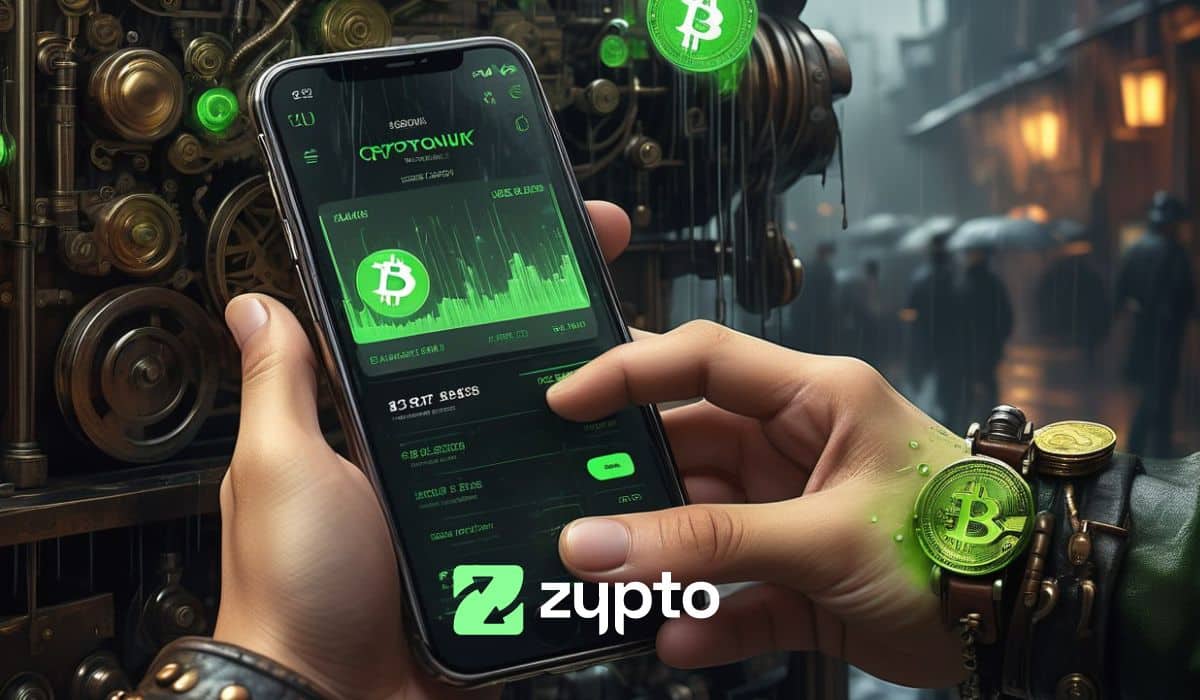
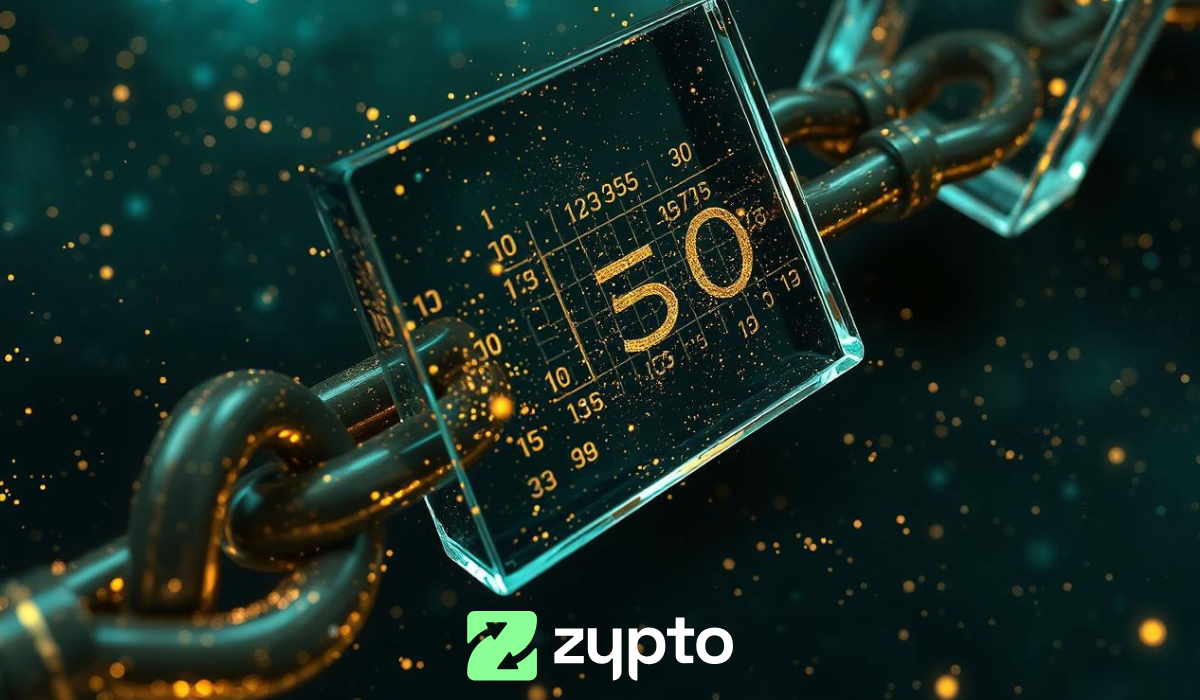
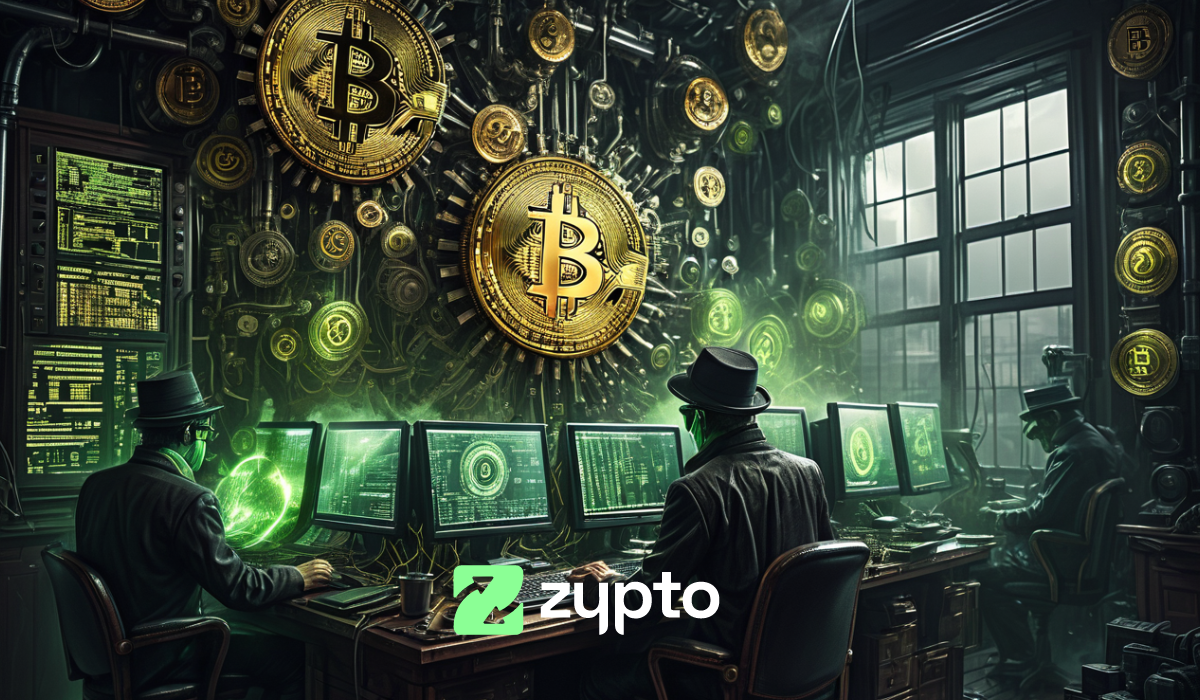
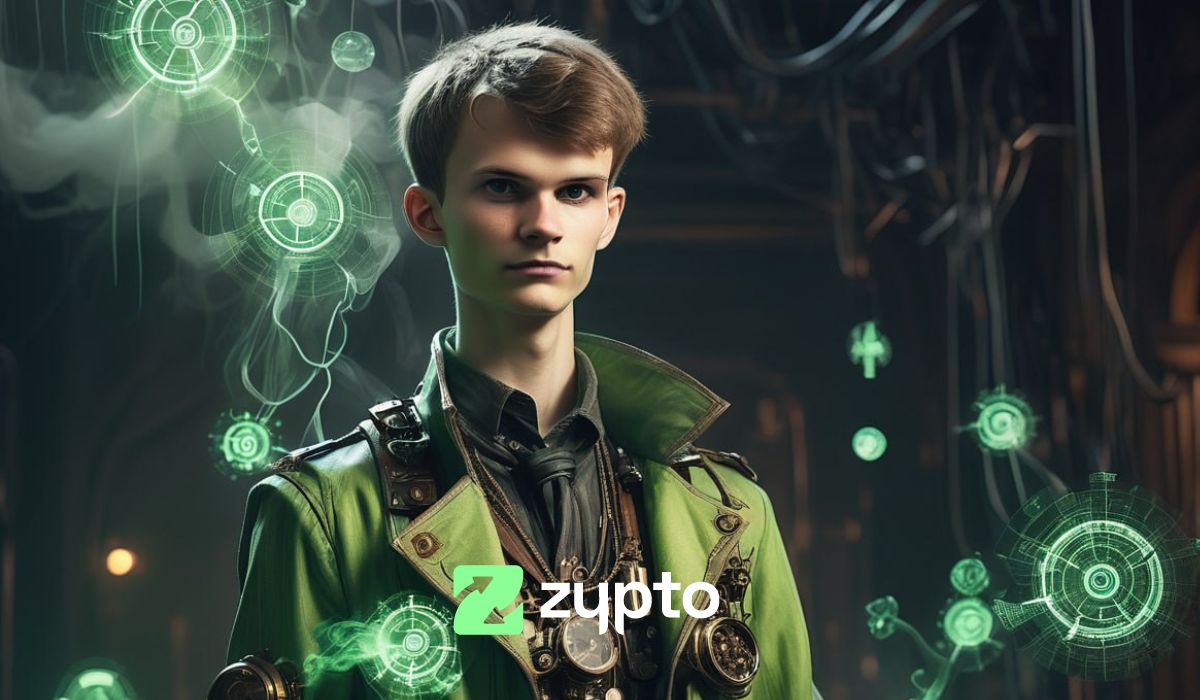
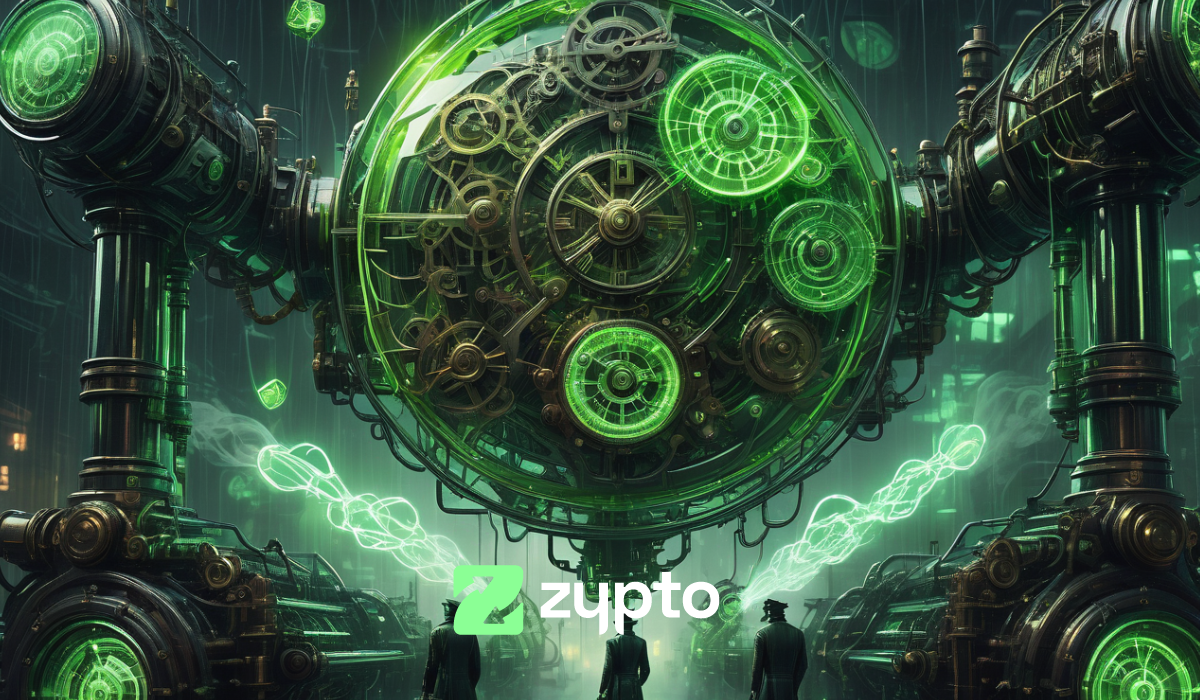
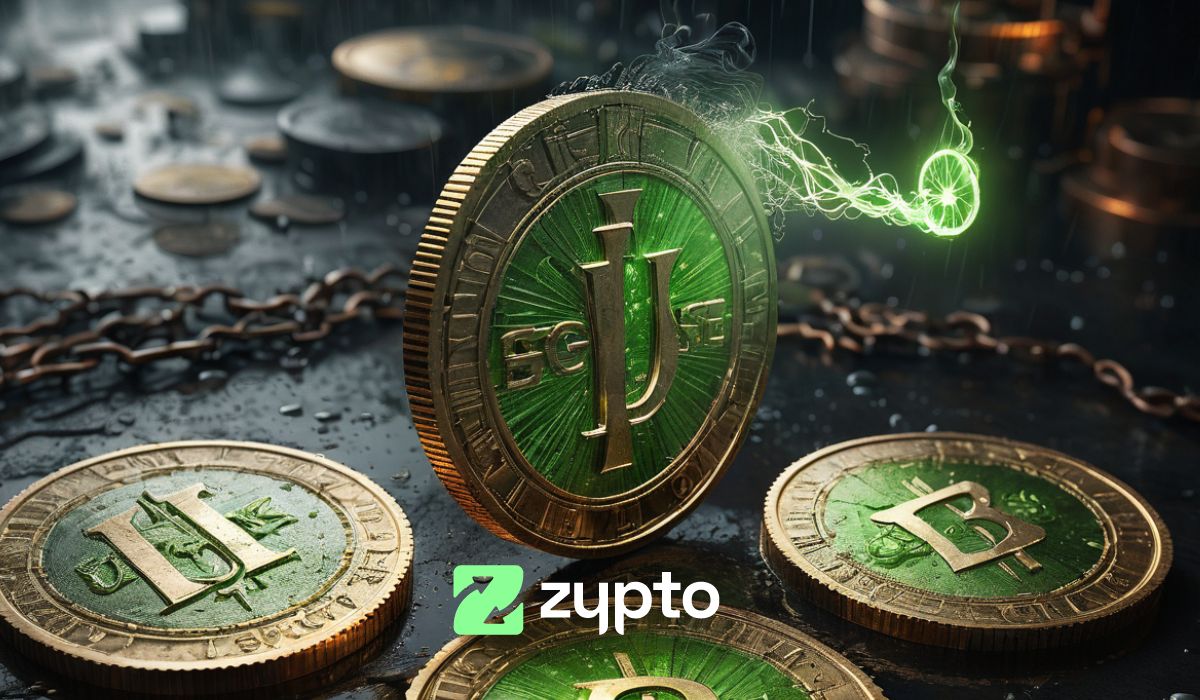
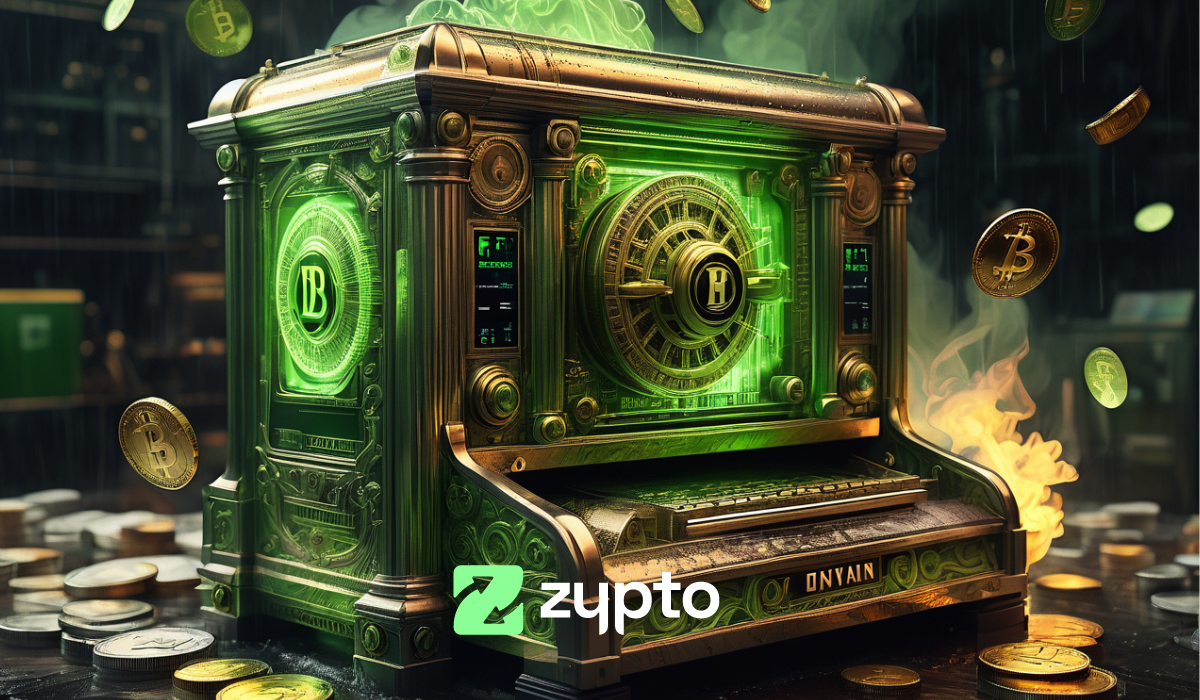
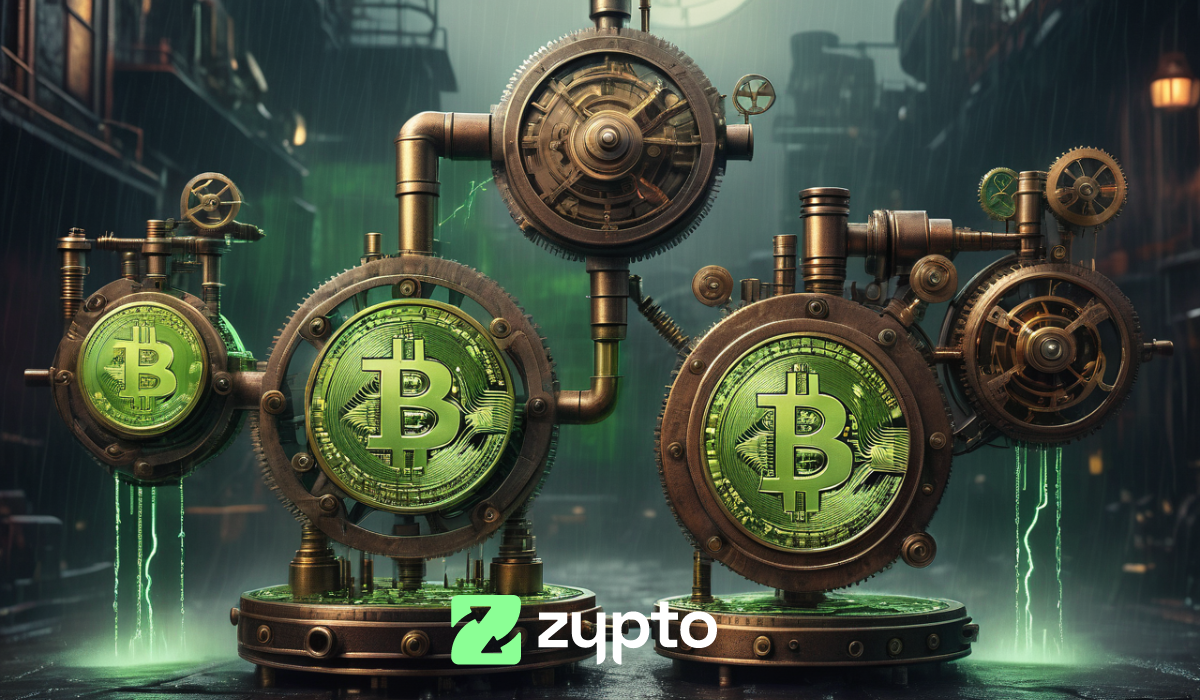
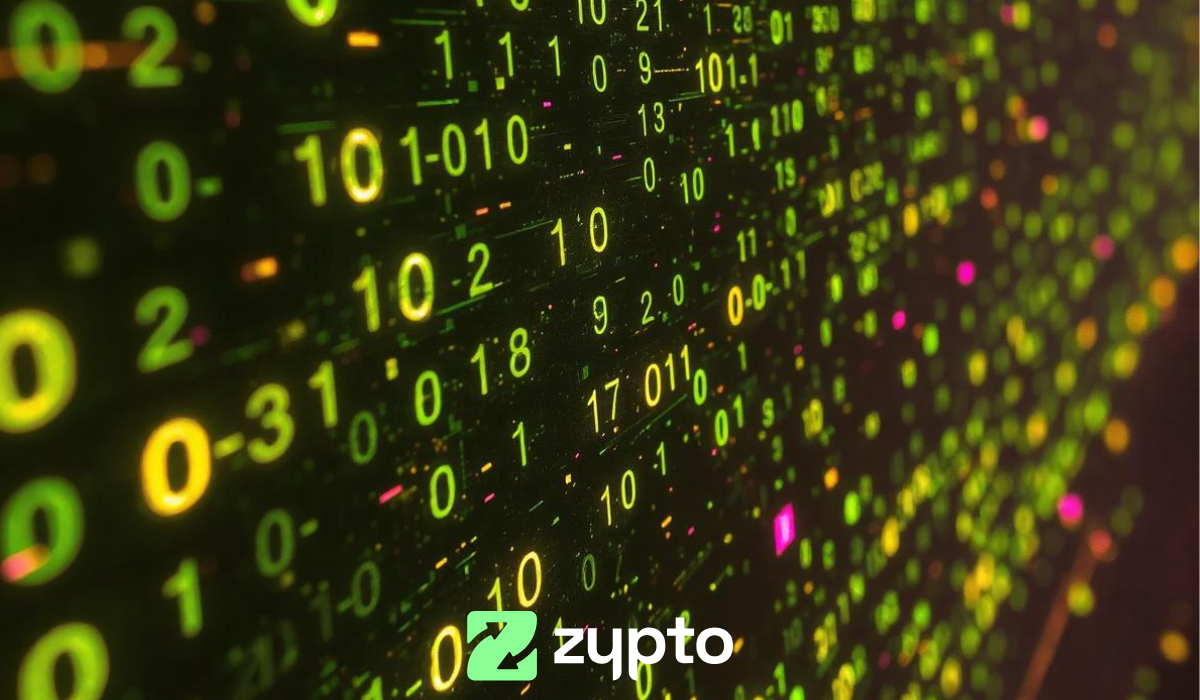
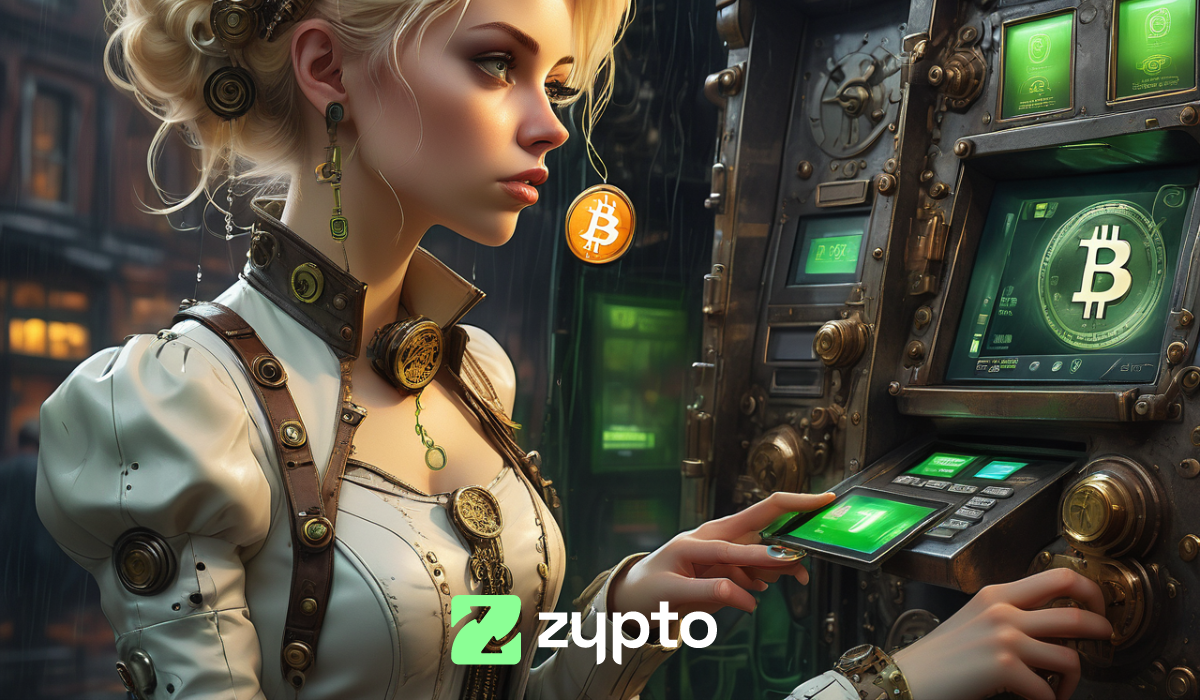
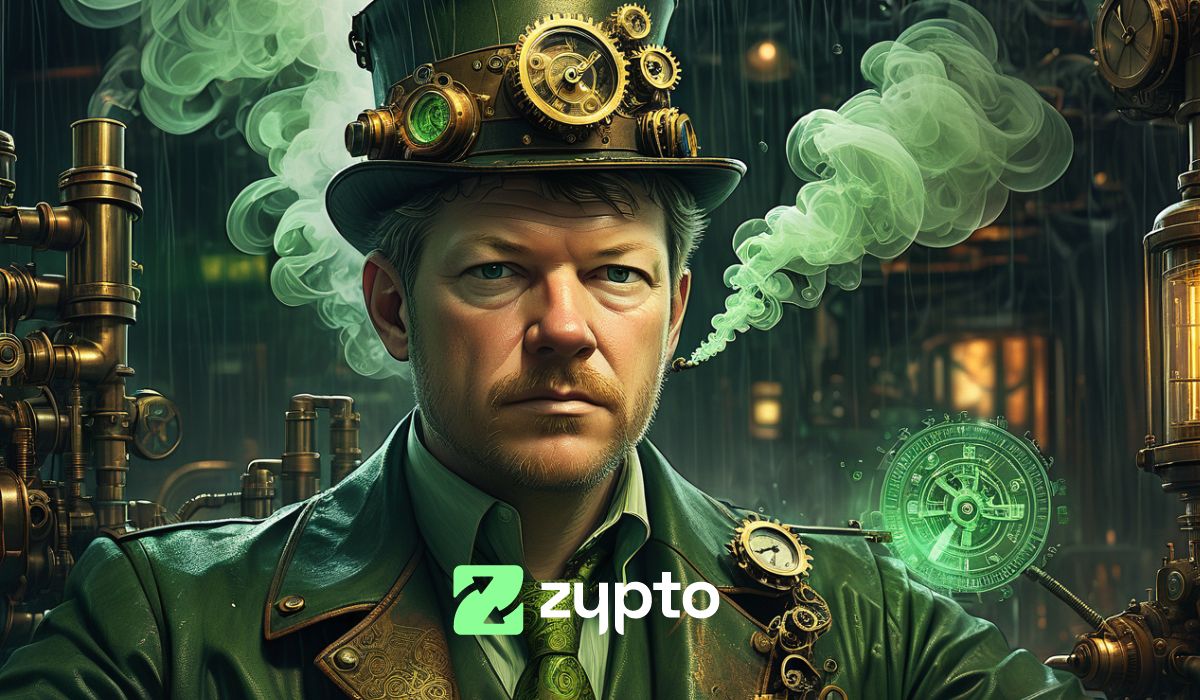

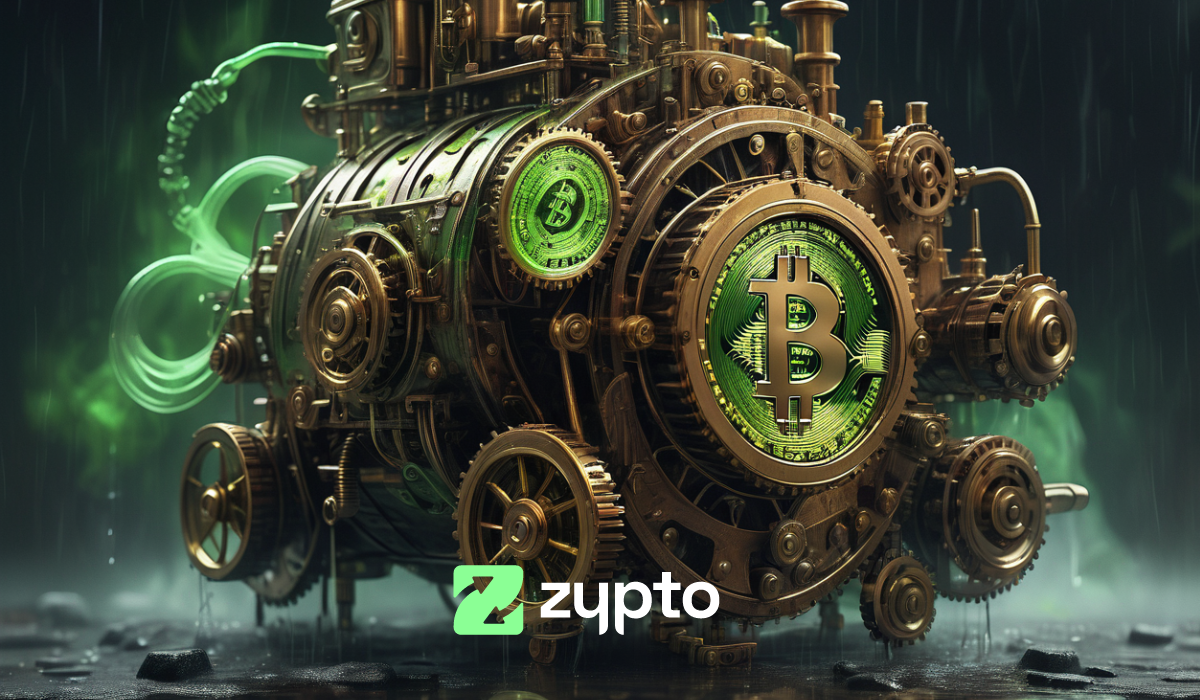
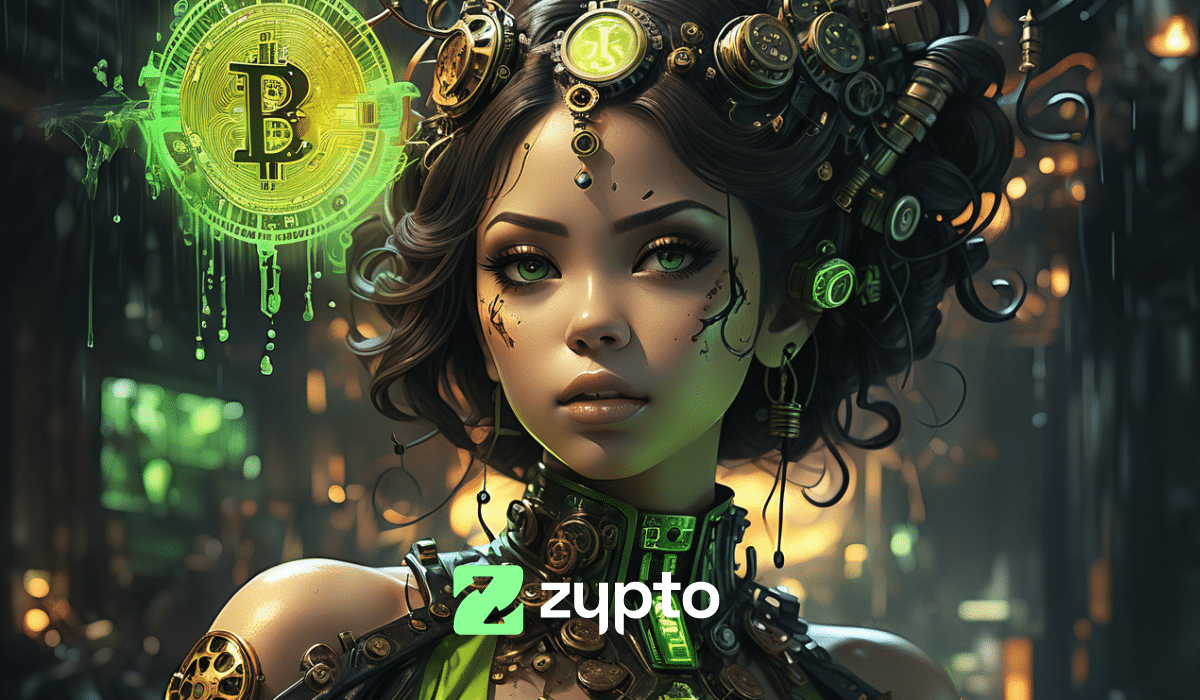
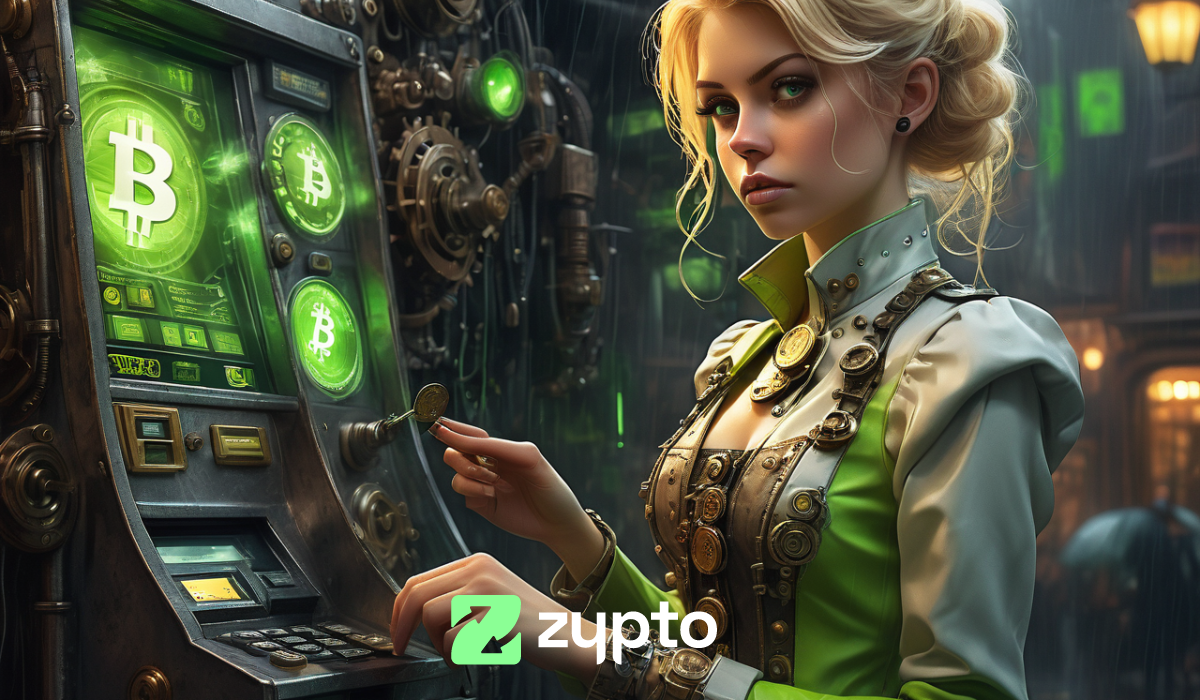
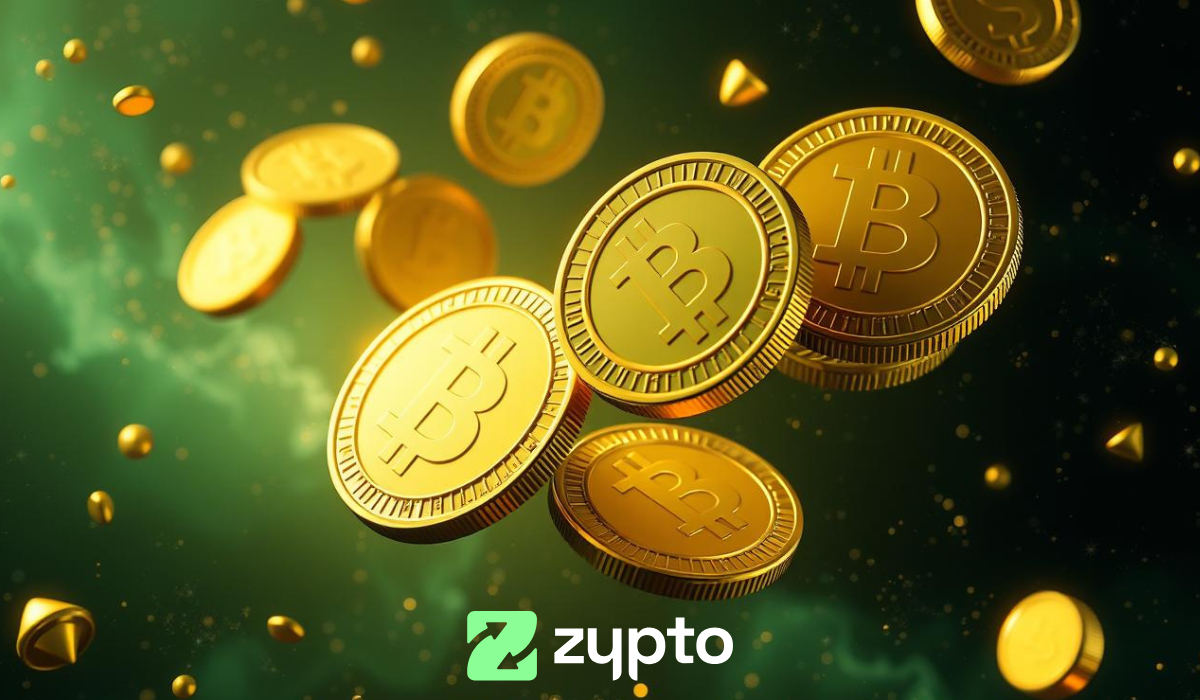
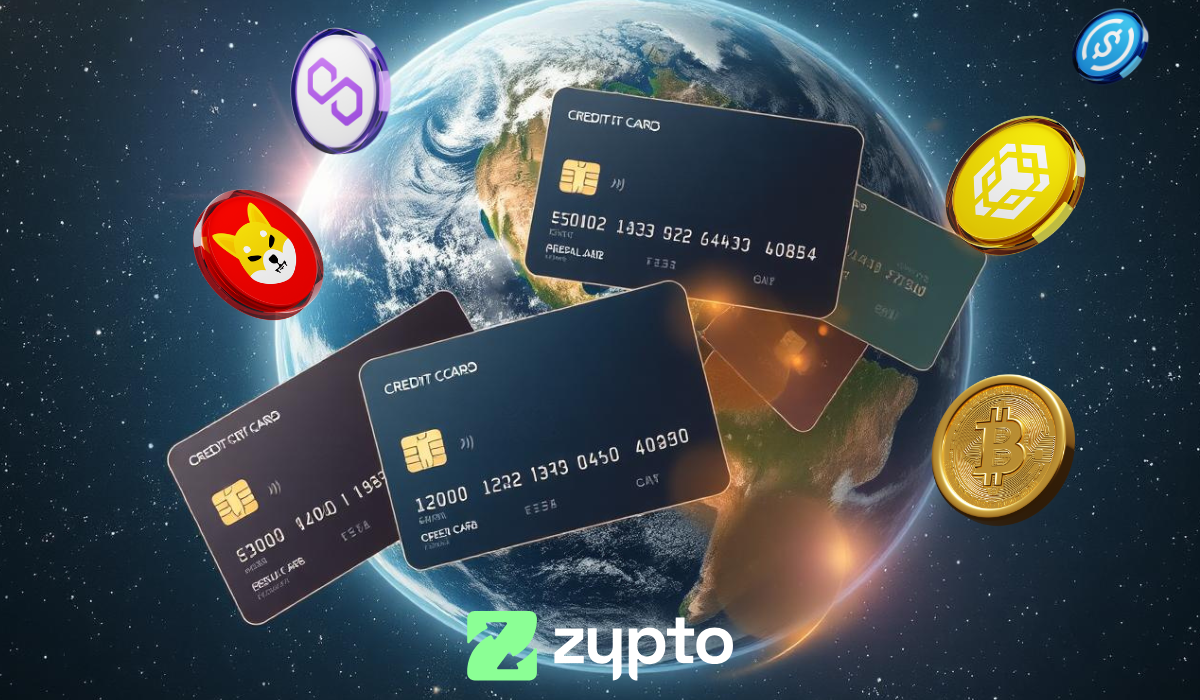
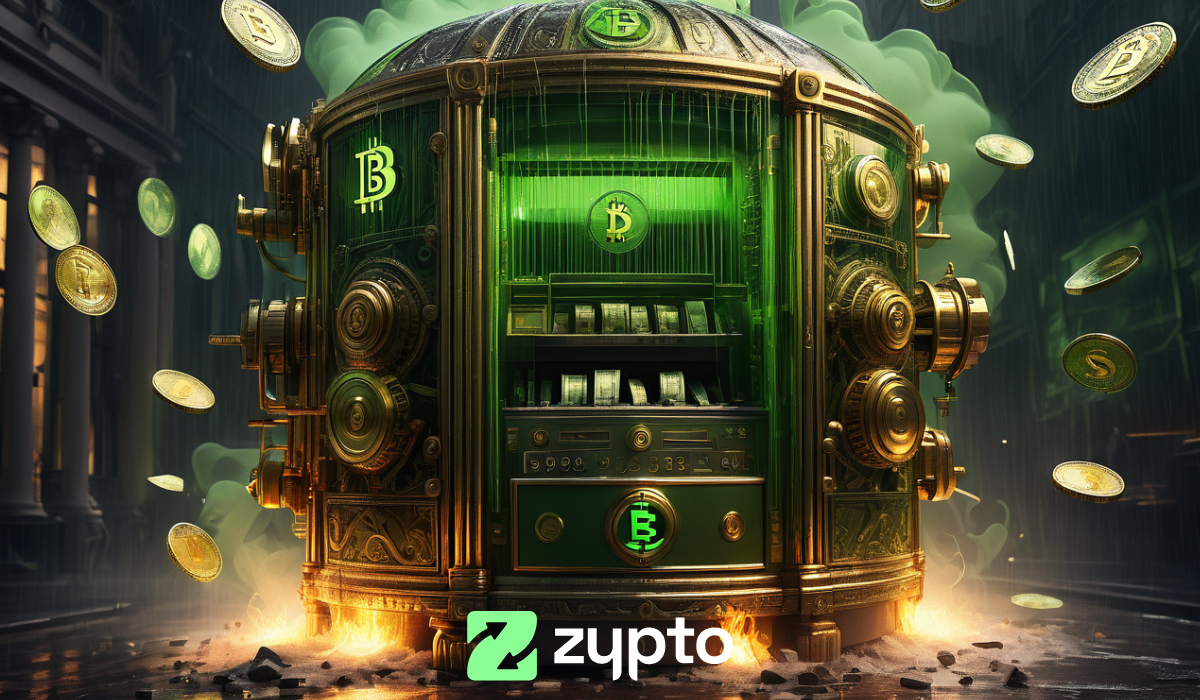
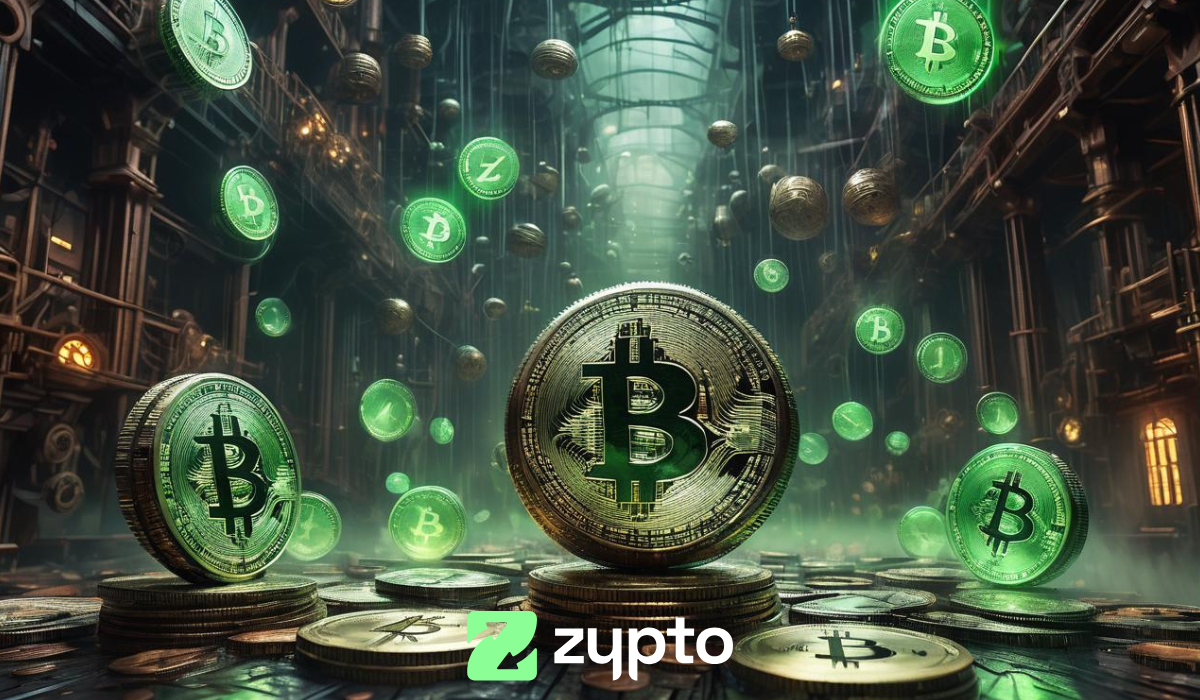
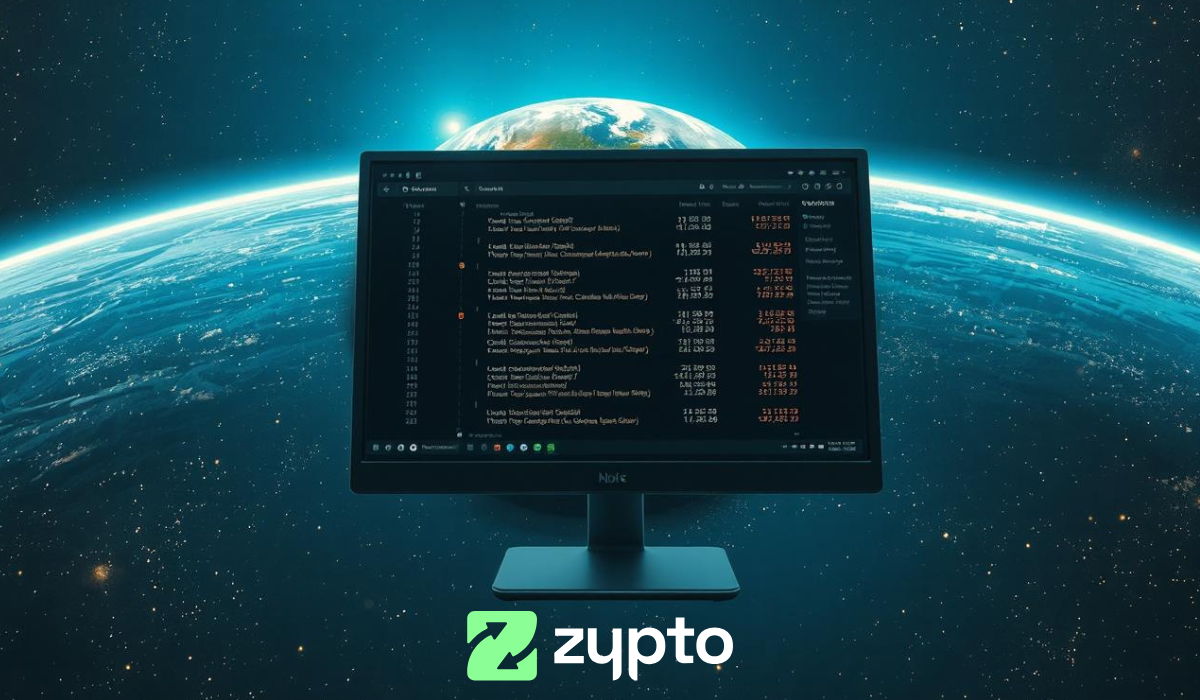

That’s useful for me, always been puzzled by all this Dapps thingy, thanks
Yet another informative read for those new to cryptocurrency and the amazing all encompassing zyptoapp